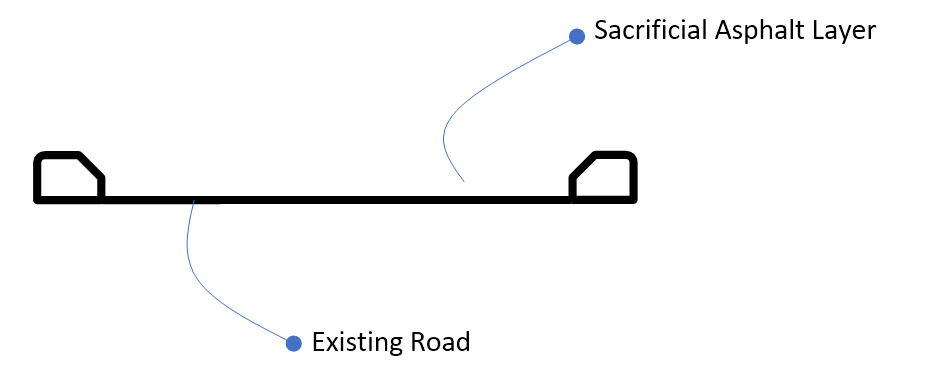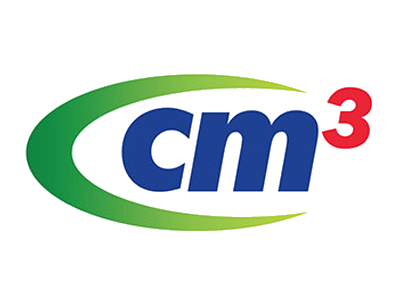The Construction of an Urban Sydney Road One Slab at a Time
The re-construction of the concrete pavement of Railway Road between the Princes Highway and Unwins Bridge Road in the Sydney Suburb of Sydenham included many out of the box solutions to complete the project which had many constraints.
The Railway Road project scope consisted of the installation of a new drainage line, the reconstruction of the entire existing concrete pavement (> 6000m2) with completely new jointing details and the introduction of a crown, the reconstruction of kerb and footpath. Due to the importance of the Road to the network, the permanent closure to traffic required to complete the works was not an option. A program to complete the scope of works during night-time partial closures only (at the end of every shift, the road had to be trafficable), was devised and implemented. To be able to complete the works and achieve the appropriate quality the following solutions were implemented:
- The concrete pavement design including all jointing details were changed to Roads and Maritime Services Maintenance Specification M258. This allowed for an 8:1 sand and cement subbase and for quick cure concrete base in the form of 40MPa with 2% calcium.
- A Sacrificial Asphalt layer was placed over the existing concrete pavement to match the new pavement lev The new pavement levels differed significantly to the existing pavement, as there was going to be the introduction of a crown.
The sacrificial asphalt layer was adopted, due to two main issues. Which included
a. achieving the new levels was going to be very difficult as it was to be hand poured. So, the concrete screed being able to sit at the correct level when the concrete was being laid eliminated any issues with achieving the correct levels.
b. Also, the need for significant temporary ramping would be required in all directions (each time a slab was poured) so it would be trafficable at the end of every shift. Therefore, since the asphalt layer was at the correct level, it eliminated any issues with temporary ramping and safety issues to drivers using the road. Please refer to the below diagram for a sketch.
- Also, an 8:1 sand and cement mix was adopted as the backfill for the entire drainage line. As the works occurred one shift at a time and had to be returned to traffic the next day. The traditional bed, haunch, side and overlay backfill was not achievable. Also, precast pits were used instead of the traditional pour in-situ method, to allow the work to proceed one shift at a time.
- The kerb was hand placed with steel reinforcement and a high early strength concr The traditional kerb extrusion equipment couldn’t be used, as a high early strength concrete couldn’t be used with such an equipment. Again, this ensured the kerb could be constructed one shift at a time and the road returned to traffic at the end of the shift.

















